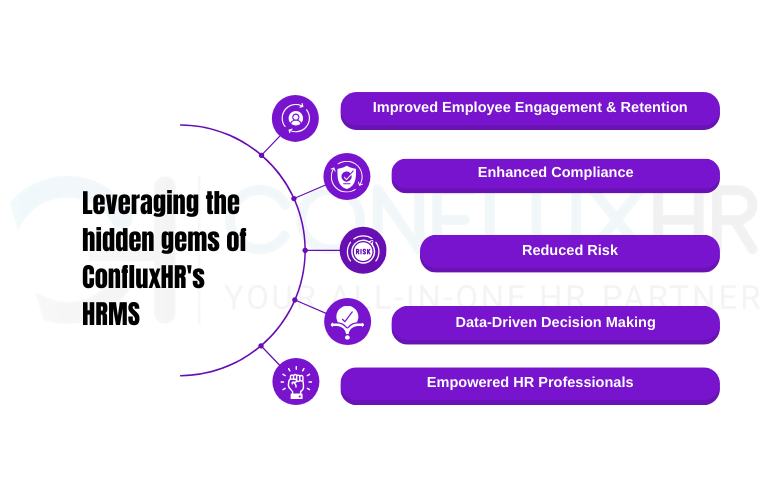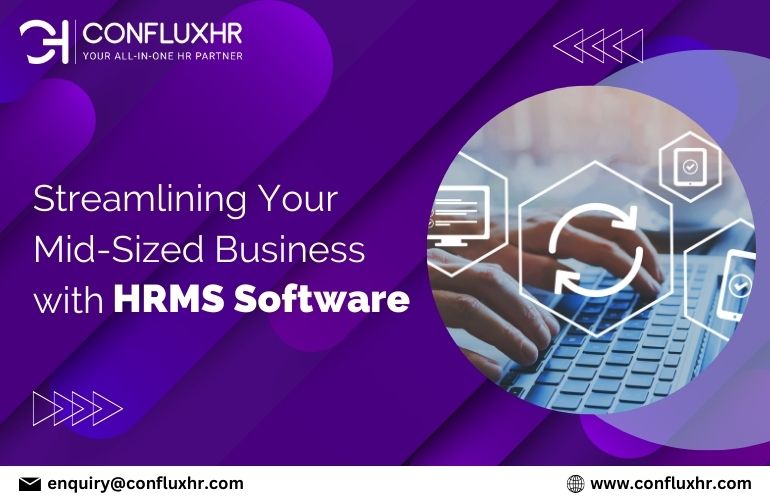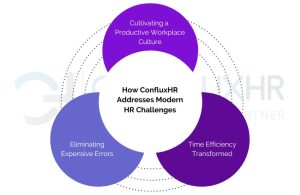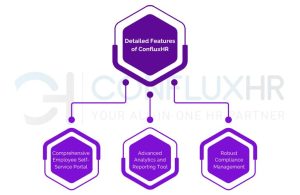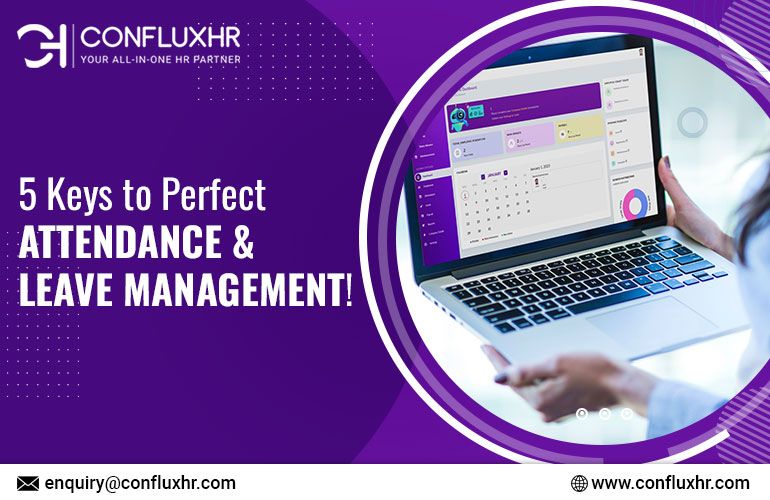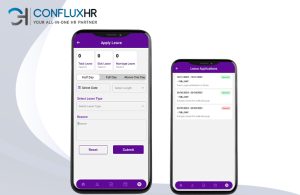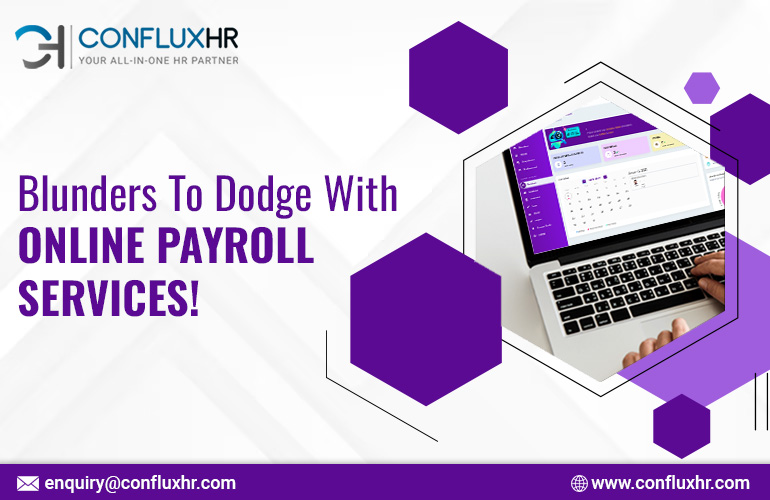Tracking attendance is a fundamental task in any workplace, crucial for managing workforce productivity, ensuring fair payroll, and maintaining compliance with labor laws. Traditionally, attendance tracking has been done manually, which is not only time-consuming but also prone to errors. With the advent of Human Resource Management Systems, online attendance tracking has revolutionized how businesses manage their workforce. In India, 83% of businesses use an HRMS to manage all their HR activities. Let’s read more about the importance of accurate attendance tracking and explore five compelling reasons why you must track online attendance, particularly with ConfluxHR.
Advantages of Online Attendance
Enhanced Accuracy and Reliability:
Manual vs. Online Attendance Tracking
Physical timesheets or punch cards are used in manual attendance tracking, and they are easily manipulated or lost. Inaccuracies resulting from human error in data entry are frequent and can impact payroll and compliance.
Reducing Errors with Online Systems
Online attendance systems significantly reduce these errors by automating the process. ConfluxHR, for instance, offers real-time updates and data accuracy, ensuring that every clock-in and clock-out is recorded correctly. This level of precision not only saves time but also enhances reliability in attendance data.
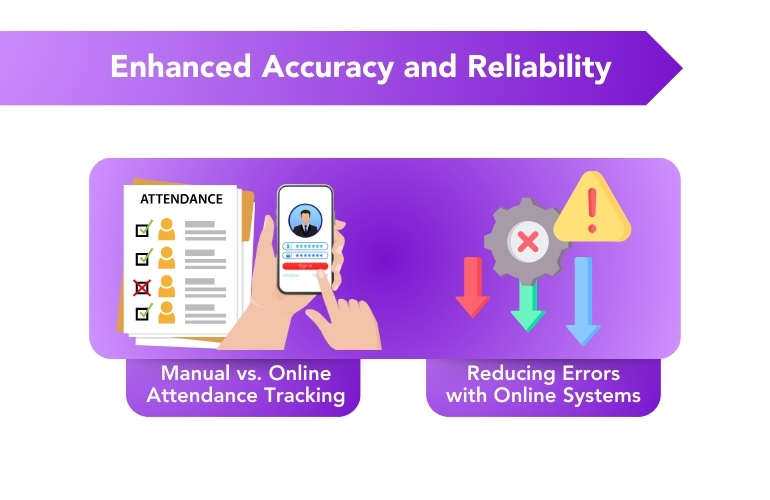
Time and Cost Efficiency
Saving Time on Data Entry and Calculations
Manual attendance tracking requires significant administrative effort. HR personnel spend hours entering data, verifying timesheets, and calculating working hours. Online attendance tracking with ConfluxHR automates these tasks, freeing up valuable time for HR to focus on more strategic activities.
Reducing Costs
By eliminating paper-based systems, businesses save on printing and storage costs. Automation reduces the need for manual oversight, translating into lower administrative expenses. ConfluxHR’s attendance management system streamlines these processes, resulting in substantial cost savings.
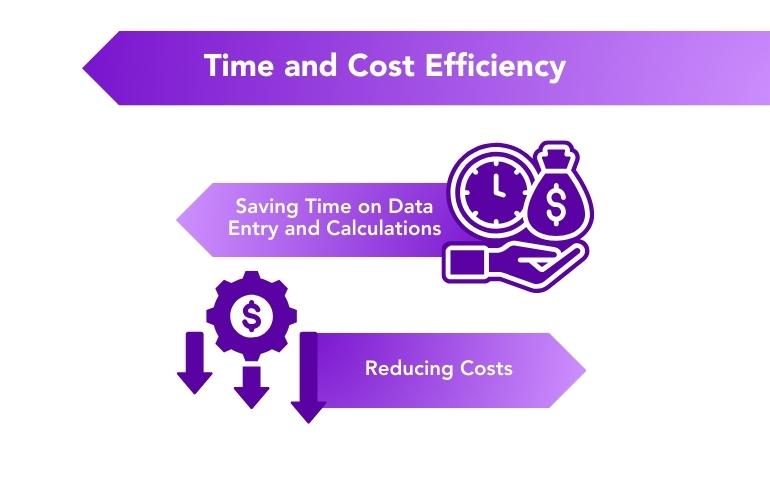
Improved Employee Accountability
Transparency in Attendance Records
Online attendance systems offer transparency. It allows employees to view their attendance records. This transparency fosters accountability, as employees can monitor their own punctuality and attendance habits.
Encouraging Punctuality and Responsibility
With real-time tracking, employees are more likely to adhere to their schedules, knowing that their attendance is being accurately monitored. This leads to improved punctuality and overall responsibility, positively impacting productivity.
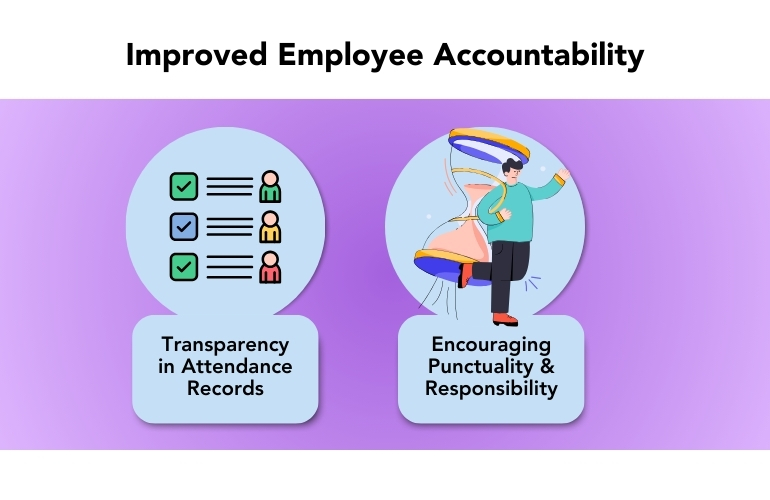
Easy Access and Data Management
Centralized Data Storage
One of the significant advantages of online attendance tracking is the centralized storage of data. All attendance records are stored securely in the cloud, making it easy to retrieve and analyze data.
Access from Anywhere, Anytime
ConfluxHR allows access to attendance records from any location at any time. This flexibility is particularly beneficial for businesses with remote or distributed teams, ensuring that attendance tracking is consistent and accessible.
Integration with HR Functions
ConfluxHR seamlessly integrates attendance tracking with other HR functions such as payroll, leave management and performance reviews. This integration streamlines HR processes, making overall management more efficient and cohesive.

Geo Attendance with ConfluxHR
Monitoring Remote and Field Employees
Geo attendance is a unique feature of ConfluxHR that allows businesses to track the attendance of remote or field employees through GPS. This ensures that employees are where they need to be during working hours, adding an extra layer of accountability.
Enhancing Accuracy and Trust
Geo Attendance provides precise location data, reducing the chances of fraudulent attendance entries. This feature builds trust between employers and employees by ensuring transparency and accuracy.
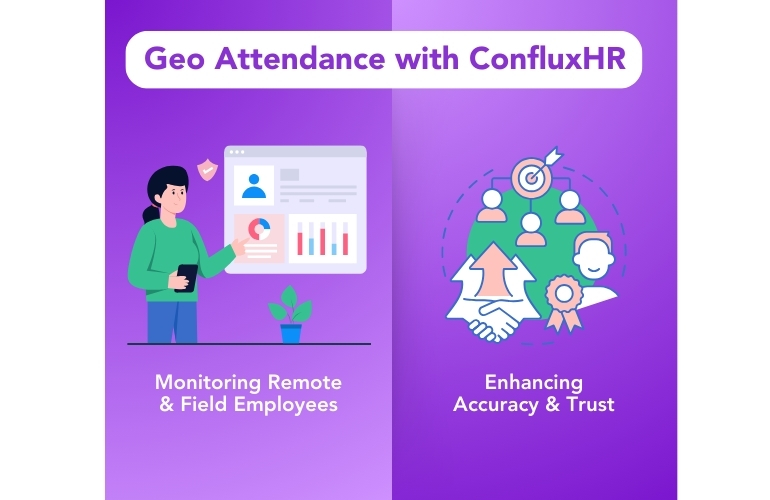
Compliance and Record Keeping
Adherence to Labor Laws
Compliance with labor laws is crucial for any business. Online attendance systems ensure that records are kept accurately and are readily available for audits or inspections.
Accurate Record Keeping
ConfluxHR helps businesses maintain accurate records, which are essential for compliance checks and audits. This reduces the risk of legal issues and penalties associated with non-compliance.
Ensuring Compliance with ConfluxHR
ConfluxHR’s robust attendance tracking system ensures that all attendance data is compliant with relevant labor laws and regulations, providing peace of mind to businesses.
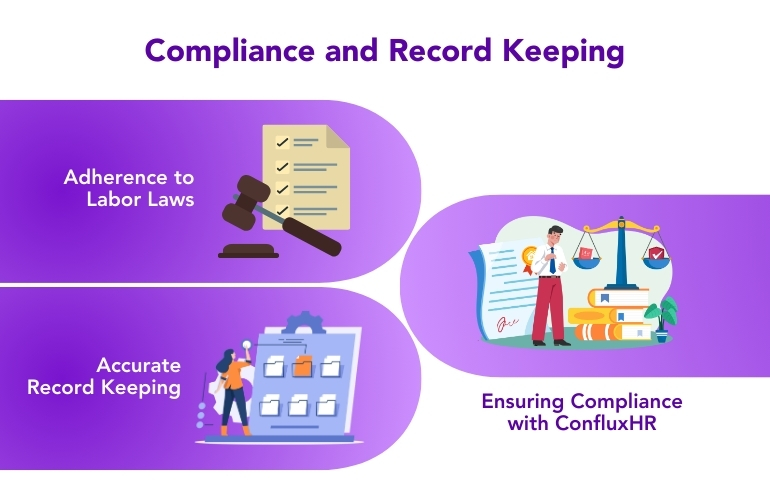
Conclusion
Tracking attendance online offers numerous benefits, from enhanced accuracy and reliability to improved employee accountability and compliance. ConfluxHR’s comprehensive HRMS simplifies attendance tracking, making it an invaluable tool for businesses. By switching to online attendance tracking with ConfluxHR, businesses can save time, reduce costs, and ensure compliance while fostering a transparent and accountable work environment.


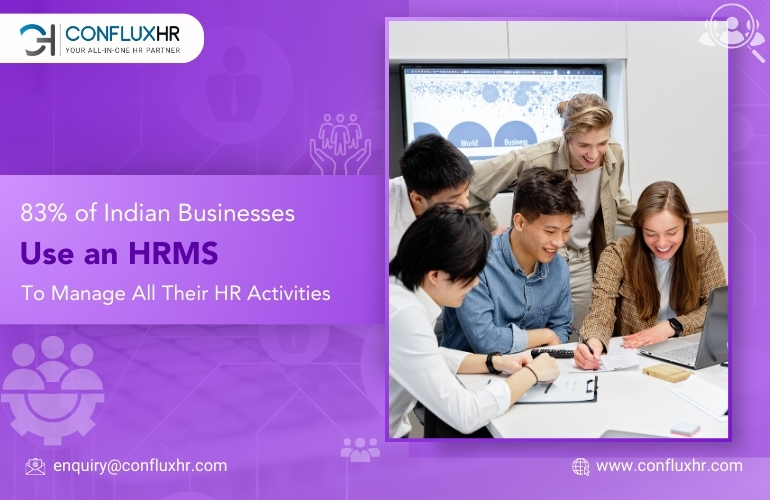


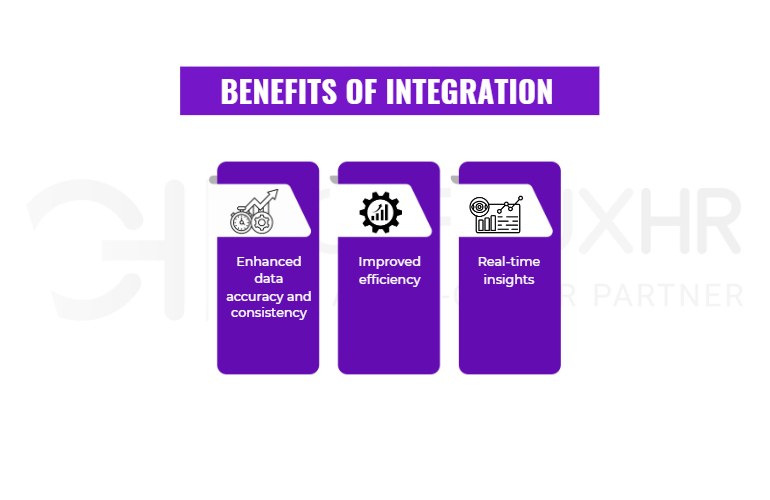
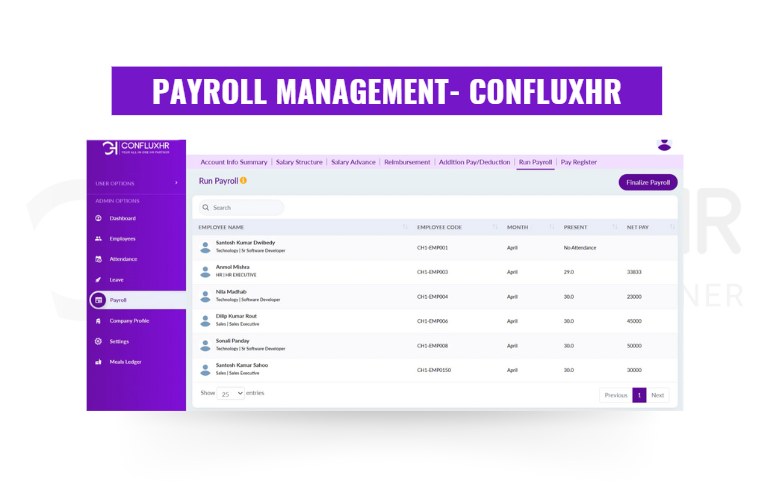
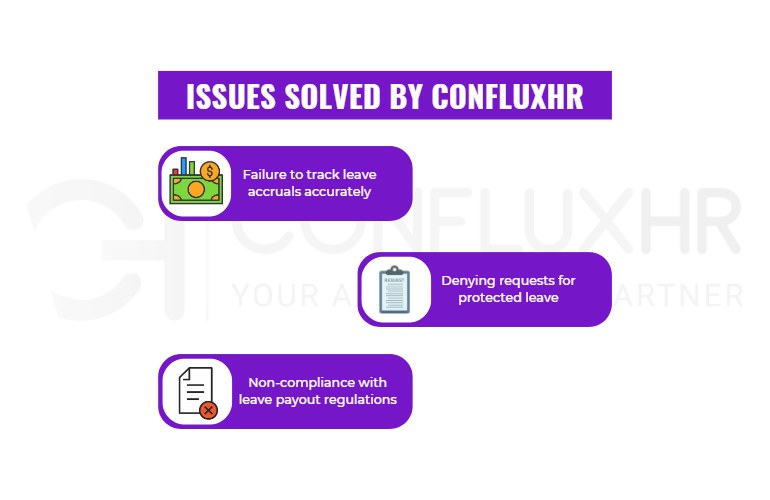
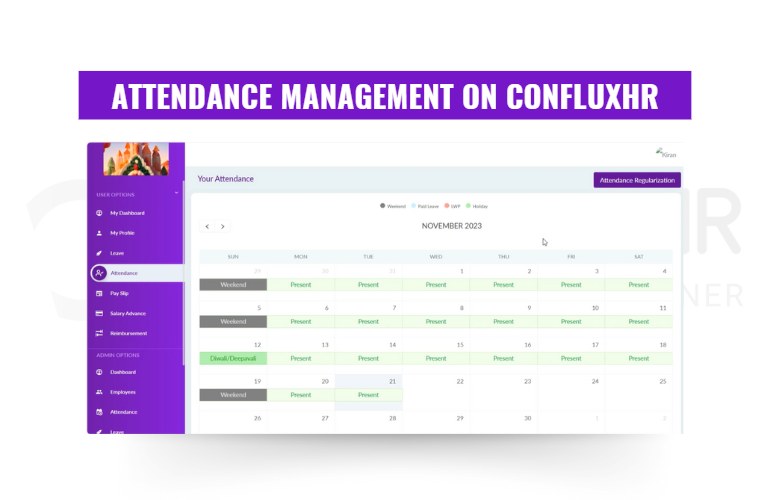
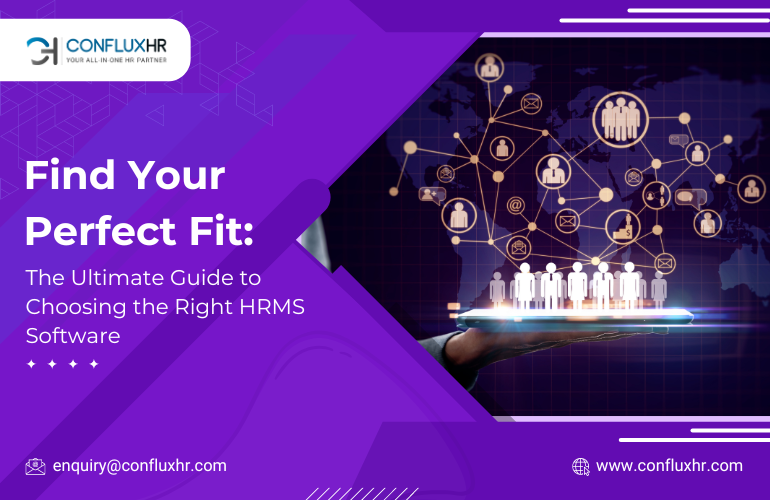
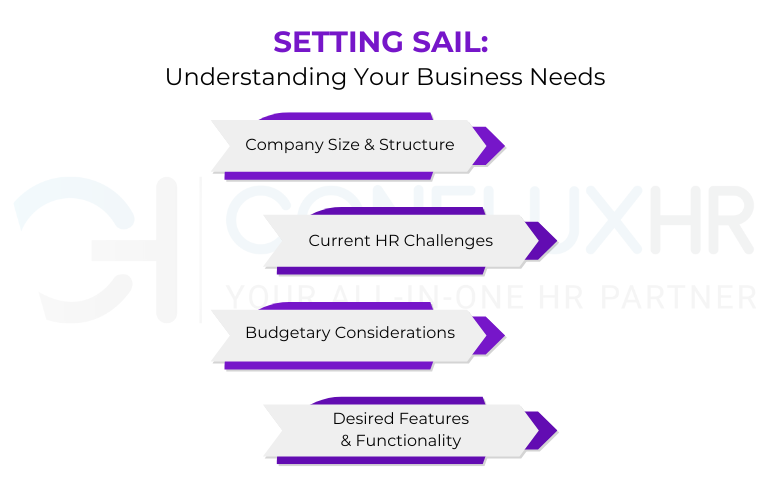
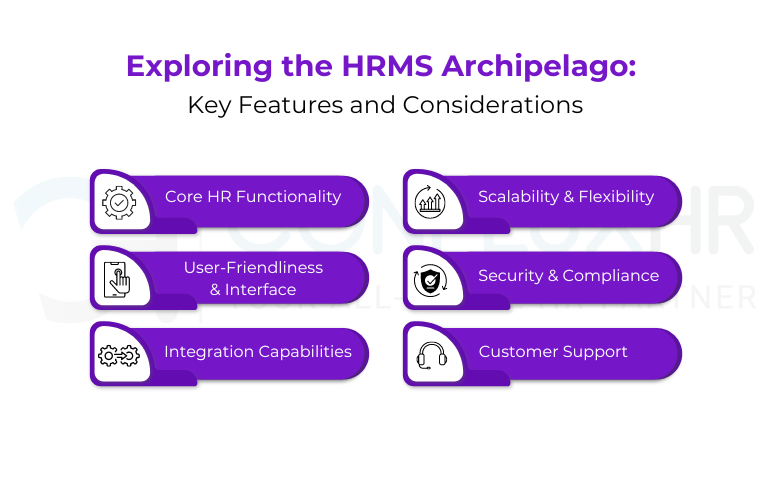



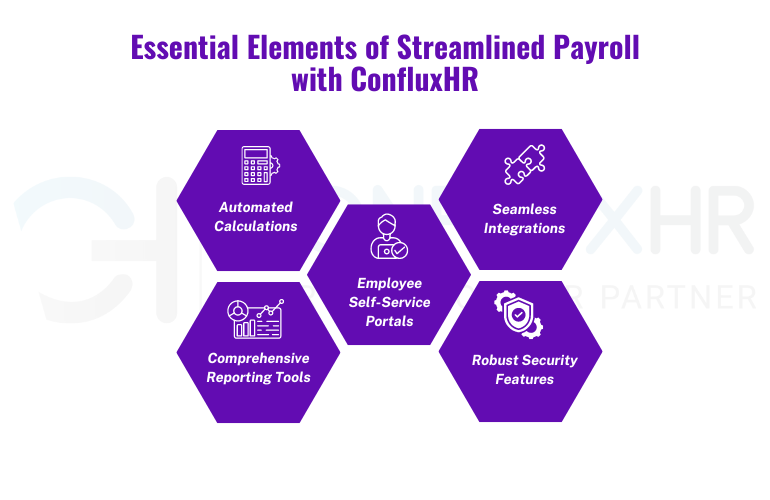


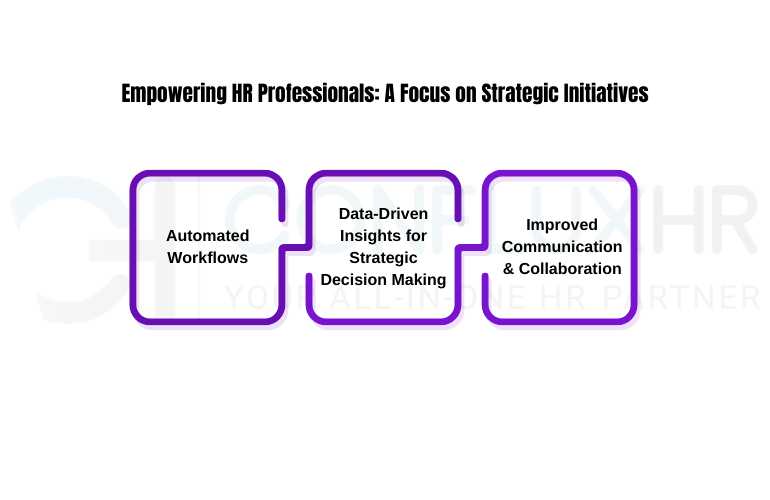 By leveraging the hidden gems of ConfluxHR’s HRMS, mid-sized businesses can unlock a range of benefits that contribute to a stronger and more successful organization. Here’s a quick recap of the advantages you can gain:
By leveraging the hidden gems of ConfluxHR’s HRMS, mid-sized businesses can unlock a range of benefits that contribute to a stronger and more successful organization. Here’s a quick recap of the advantages you can gain: